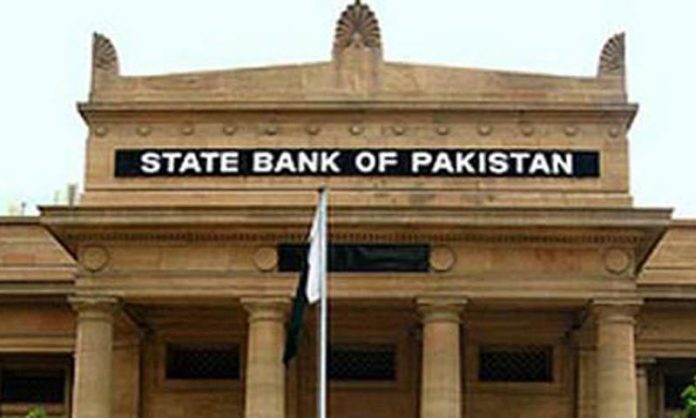The State Bank of Pakistan (SBP) is continuing to build its foreign exchange reserves, though at a more measured pace to avoid placing excessive strain on the Pakistani rupee, according to a report by Citigroup Inc., as cited by Bloomberg.
“Although reserves have improved from the lows of early 2023, we still continue to welcome the central bank’s reserve building as external buffers remain low,” noted Katie Kironde, Citi’s emerging markets economist and macro strategist. She added that the SBP’s recent decision to ease its reserve accumulation strategy has improved liquidity in the interbank market.
In recent sessions, pressure on the rupee has noticeably eased. Data from the central bank indicates that although the currency is still down over 2% against the US dollar year-to-date, it has shown signs of recovery in the past three trading sessions. As of July 11, Pakistan’s foreign exchange reserves had increased by $23 million to reach $14.53 billion.
On Friday, the rupee appreciated by 0.27% in the interbank market, closing at 283.45 against the US dollar—up by Re0.77 from the previous session’s close of 284.22. This marks the continuation of a recovery trend that started earlier in the week.
Currency dealers attribute the rupee’s recent gains in part to a crackdown on illegal currency smuggling. Malik Bostan, Chairman of the Exchange Companies Association of Pakistan (ECAP), said raids by the Federal Investigation Agency (FIA) had reduced dollar demand in informal markets, helping stabilize rates in both the interbank and open markets.
He disclosed that he led a delegation to meet ISI Counter-Intelligence Chief Lieutenant General Faisal Naseer, after which targeted enforcement actions were reportedly launched against smugglers operating on routes to Afghanistan and Iran.
“With this crackdown, the smuggler mafia has gone underground,” Bostan stated, adding that with continued enforcement, the exchange rate could strengthen further—possibly reaching Rs270 or even Rs250 against the dollar.
Meanwhile, global currency movements also played a supportive role. The US dollar hovered near two-week lows on Friday, with the dollar index heading for its weakest weekly performance in a month. Oil prices also climbed on optimism over global trade and potential Russian gasoline export restrictions, improving investor sentiment.
Domestic financial conditions have also turned more favorable. The SBP has cut its key policy rate by 0.5% to 11% since last year in a bid to support economic growth.
Pakistan, which narrowly avoided default in 2023, has since improved its external position. The government, led by Prime Minister Shehbaz Sharif, secured International Monetary Fund (IMF) support and passed a budget aimed at maintaining fiscal discipline and macroeconomic stability.




